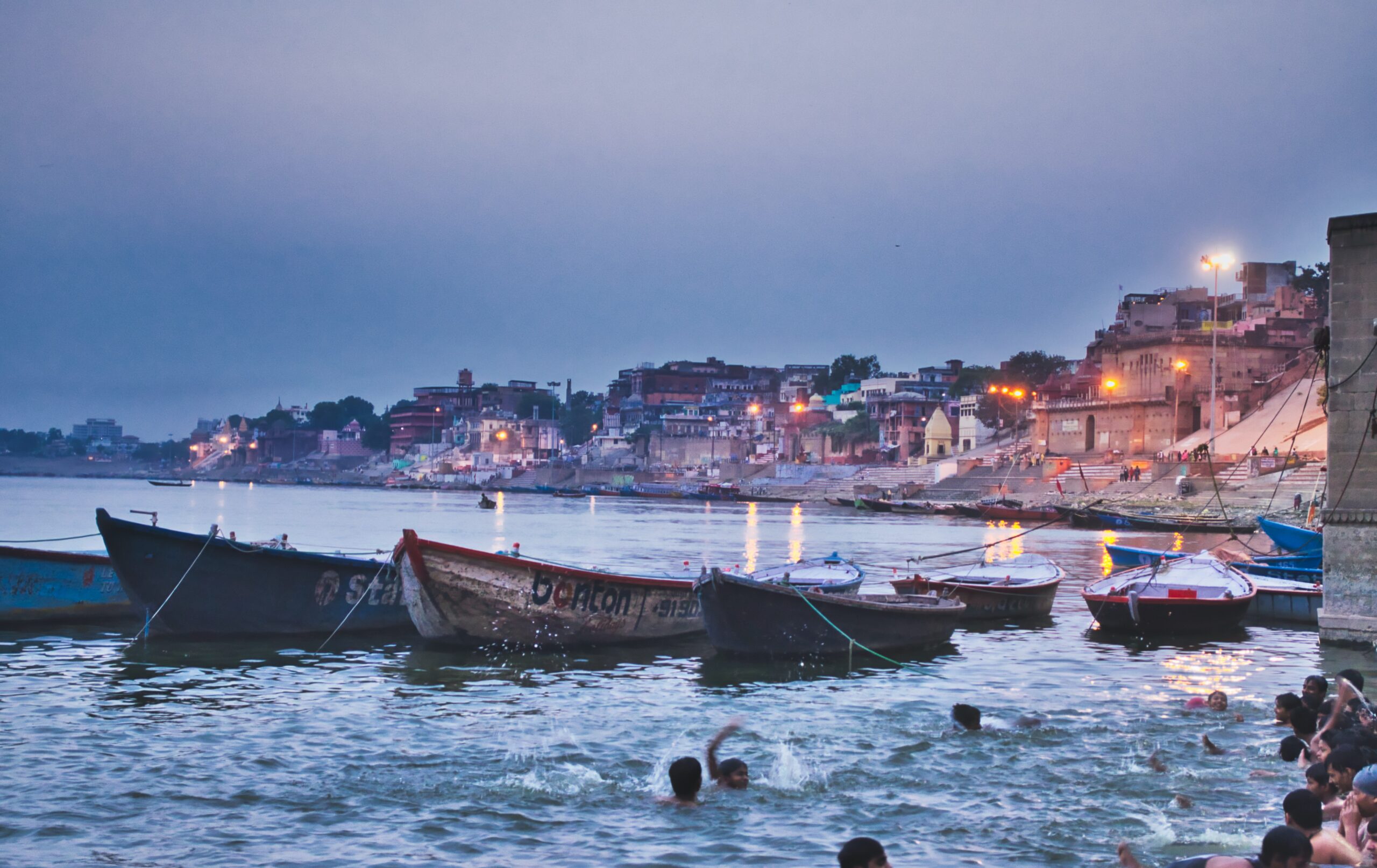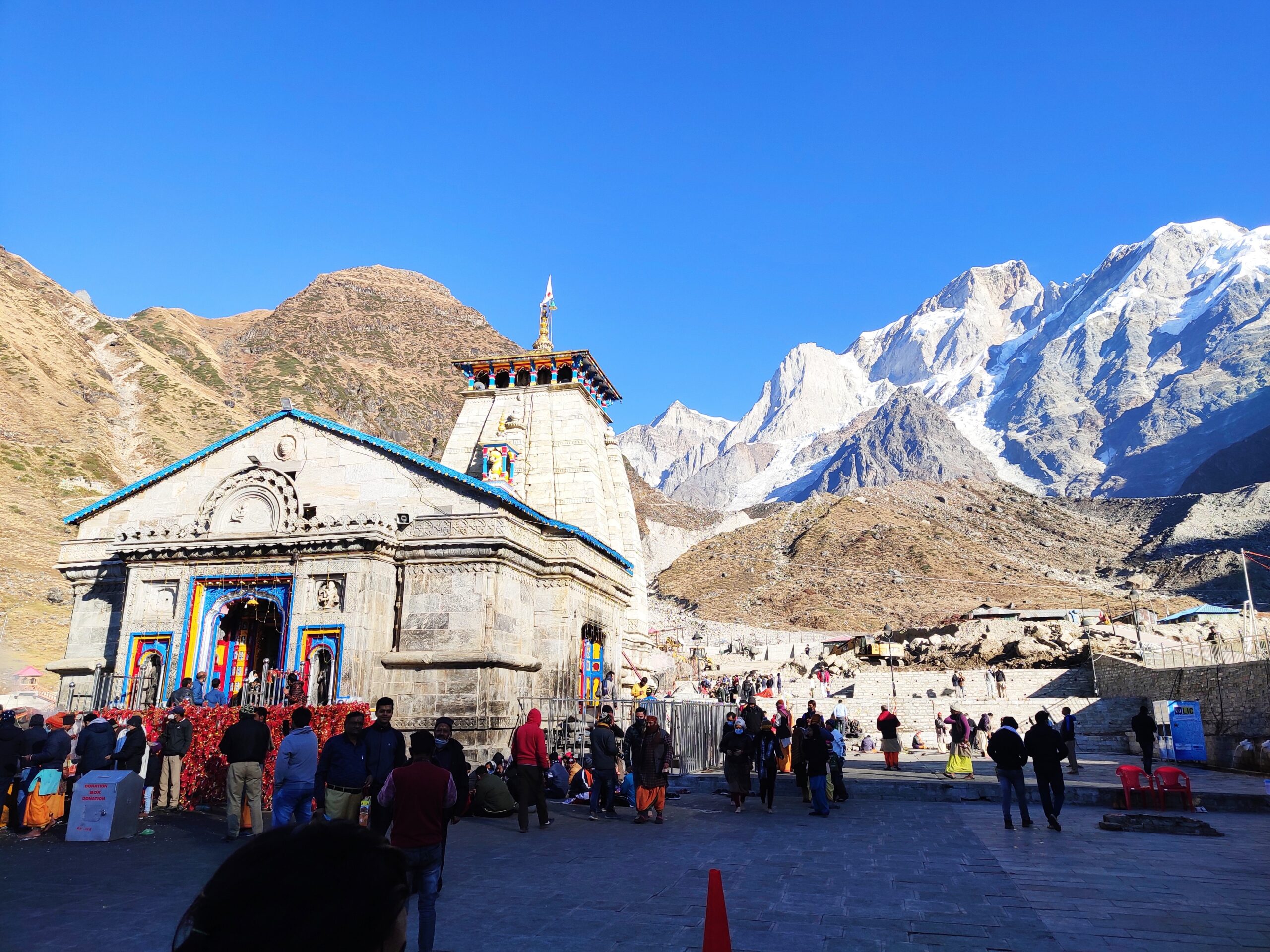India, often referred to as the land of spirituality, is a country steeped in ancient traditions, rich history, and diverse cultures. It is a land where spirituality is deeply intertwined with daily life, and it’s no surprise that India is home to a multitude of sacred sites that draw pilgrims from all over the world. These sacred sites, spread across the length and breadth of the country, are a testament to India’s spiritual heritage and offer a unique opportunity for seekers to embark on a pilgrimage of self-discovery.
Varanasi: The Spiritual City

One of the most revered cities in India, Varanasi, also known as Kashi or Banaras, is situated on the banks of the holy Ganges River in the northern state of Uttar Pradesh. Varanasi is believed to be one of the oldest continually inhabited cities in the world and is a major center for Hinduism, Buddhism, and Jainism.
The city’s ghats, particularly Dashashwamedh Ghat and Manikarnika Ghat, are at the heart of spiritual life in Varanasi. Pilgrims come to these ghats to perform rituals, take holy dips in the Ganges, and witness the mesmerizing Ganga Aarti, a grand ceremony that takes place every evening.
Rishikesh and Haridwar: The Yoga Capital and Gateway to the Divine
Located in the state of Uttarakhand, Rishikesh and Haridwar are twin cities nestled in the Himalayan foothills. Rishikesh is often called the Yoga Capital of the World, while Haridwar is known as the Gateway to the Gods. Both cities are centers of spiritual learning and practice, attracting seekers from all corners of the globe.
Rishikesh is home to numerous ashrams and yoga retreats where one can delve into the ancient science of yoga and meditation. The iconic Laxman Jhula and Ram Jhula suspension bridges, spanning the Ganges, connect the city’s spiritual hubs. In contrast, Haridwar is famous for its daily Ganga Aarti at Har Ki Pauri, a ritual that draws thousands of pilgrims who seek blessings and purification.
Must Read: My Unforgettable Memories of Trip to Rishikesh
Amritsar: The Golden Temple
Amritsar, located in the northwestern state of Punjab, is home to the holiest site in Sikhism, the Golden Temple (Sri Harmandir Sahib). This magnificent gurudwara is a symbol of peace, unity, and spirituality. The temple’s golden dome and serene Sarovar (holy tank) create an atmosphere of tranquility and devotion.
Visitors of all faiths are welcomed at the Golden Temple, where they can partake in the community kitchen (langar), an egalitarian practice where free meals are served to all, emphasizing the Sikh principles of equality and selfless service.
Bodh Gaya: The Enlightenment Spot
Located in the state of Bihar, Bodh Gaya is the place where Siddhartha Gautama, the Buddha, attained enlightenment under the Bodhi Tree. This sacred site is a focal point for Buddhists from around the world who come to meditate, study, and pay their respects to the enlightened one.
The Mahabodhi Temple complex, a UNESCO World Heritage site, houses the venerated Bodhi Tree and the Diamond Throne (Vajrasana), where the Buddha is said to have attained enlightenment. The serenity and spiritual energy of Bodh Gaya make it a place for profound introspection and meditation.
Tiruvannamalai: The Sacred Fire
In the southern state of Tamil Nadu, Tiruvannamalai is home to the majestic Arunachaleswarar Temple. This temple is dedicated to Lord Shiva and is renowned for its massive gopurams (gateway towers) and the sacred fire, known as the “Deepam.”
The annual Karthigai Deepam festival, during which a massive lamp is lit atop the Annamalai Hill, is a significant event in Tiruvannamalai. Pilgrims circumambulate the hill, a practice known as Girivalam, as they seek spiritual enlightenment and the blessings of Lord Shiva.
Dwarka and Rameswaram: The Divine Coasts
Dwarka, located in Gujarat, and Rameswaram, situated in Tamil Nadu, are coastal towns with deep spiritual significance in Hinduism. Dwarka is believed to be the ancient kingdom of Lord Krishna, and the Dwarkadhish Temple is a major pilgrimage site for Krishna devotees.
Rameswaram is famous for the Ramanathaswamy Temple, one of the twelve Jyotirlinga shrines dedicated to Lord Shiva. The temple’s unique architecture and sacred waters are considered purifying, and a visit here is believed to absolve one of sins.
Kedarnath and Badrinath: The Chota Char Dham

In the Garhwal region of the state of Uttarakhand, the towns of Kedarnath and Badrinath are part of the Chota Char Dham pilgrimage circuit, along with Gangotri and Yamunotri. Kedarnath is home to the revered Kedarnath Temple, dedicated to Lord Shiva, while Badrinath houses the Badrinath Temple, dedicated to Lord Vishnu.
These sacred sites are situated amidst the breathtaking Himalayan landscapes, making the pilgrimage a combination of spiritual journey and natural beauty. The challenging trek to Kedarnath and the serene ambiance of Badrinath make these destinations truly unique.
Embarking on a pilgrimage through India’s sacred sites is not merely a physical journey but a spiritual odyssey. It offers a chance to connect with the country’s deep-rooted spiritual traditions, experience diverse cultures, and find inner peace. Each sacred site has its own charm, significance, and rituals, making the journey through India’s spiritual heart a life-changing experience for seekers of all backgrounds and beliefs. So, whether you seek enlightenment, purification, or simply a deeper connection with your inner self, India’s sacred sites welcome you with open arms on a profound spiritual exploration.
Also Read: Colours of India: A Kaleidoscope of Vibrant Destinations

Pingback: My Unforgettable Memories of Trip to Rishikesh -